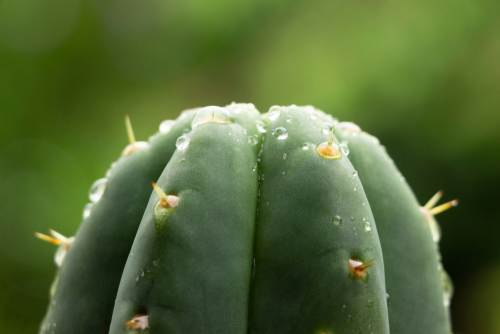San Pedro cactus, also known as Echinopsis pachanoi, is a tall columnar cactus native to the Andes Mountains of South America. It is a popular ornamental plant due to its unique appearance and low maintenance requirements.
However, many San Pedro cactus owners may notice their plant turning yellow, which can be a cause for concern. Yellowing in San Pedro cactus can be a sign of various issues such as overwatering, underwatering, inadequate lighting, pests, diseases, and transplant shock.
Understanding the causes of yellowing in cacti is crucial to revive the plant and prevent further damage. In this article, we will explore the common causes of yellowing in San Pedro cactus and provide solutions to help you care for your plant.
Key Takeaways on San Pedro Cactus Turning Yellow
- Yellowing in San Pedro cactus can be a sign of various issues such as overwatering, underwatering, inadequate lighting, pests, diseases, and transplant shock.
- Proper care and maintenance, including correct watering, lighting, and soil composition, can prevent yellowing in San Pedro cactus.
- San Pedro cactus is a unique and low maintenance ornamental plant that requires specific care to thrive.
Also don’t miss:
Understanding Cactus Yellowing

Signs of Yellowing
Yellowing is a common problem that cactus growers face. The first sign of yellowing is, of course, yellow discoloration on the cactus. This can be a sign of a variety of issues, including rot, pests, or improper watering.
Another sign of yellowing is a soft or mushy texture. This can indicate rot, which can be caused by overwatering or poor drainage. Pests can also cause a soft texture, as they can burrow into the cactus and cause damage.
Causes of Yellowing
There are several causes of yellowing in cacti. One of the most common causes is overwatering. Cacti are drought-resistant plants that do not require frequent watering. When they are overwatered, the roots can become waterlogged, which can lead to rot.
Underwatering is another cause of yellowing. When cacti do not receive enough water, they can become stressed, which can cause them to turn yellow. This is often accompanied by a shriveled texture and dry soil.
Pests can also cause yellowing in cacti. Common pests include mealybugs, scale insects, and spider mites. These pests can suck the sap from the cactus, causing it to turn yellow and eventually die.
Finally, yellowing can be a sign of stress. Cacti require bright sunlight and a well-draining soil to thrive. When they do not receive these conditions, they can become stressed, which can cause yellowing.
San Pedro Cactus Turning Yellow – 4 Common Problems
San Pedro cactus can be a great addition to your garden or indoor space. However, like any plant, it can face several problems that can lead to yellowing and other issues. Here are some of the common problems and solutions for San Pedro cactus.
1. Overwatering and Underwatering
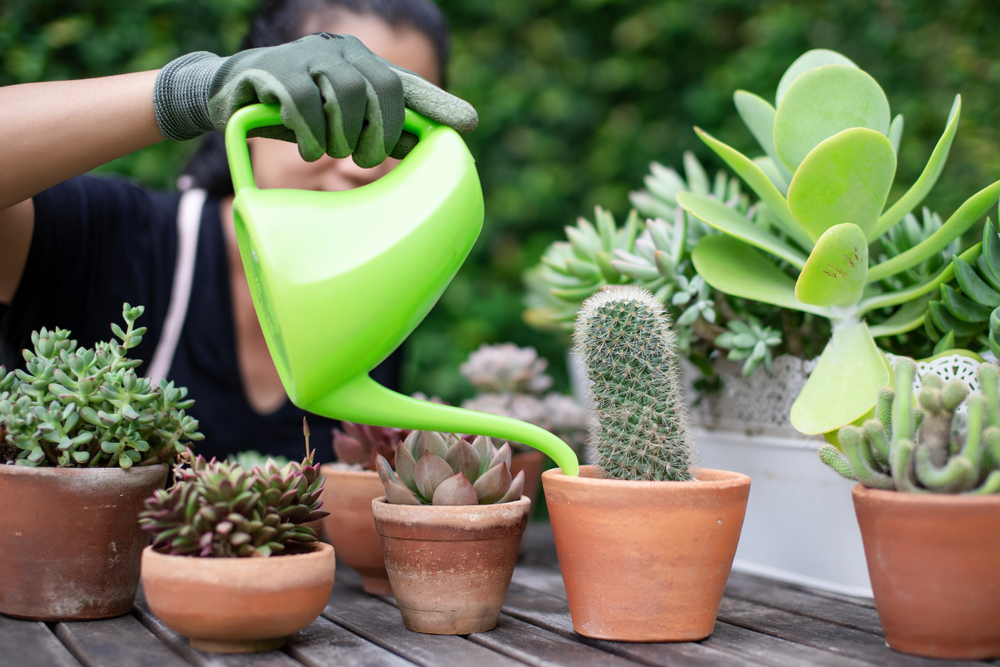
Overwatering and underwatering are the most common causes of yellowing in San Pedro cactus. Overwatering can lead to root rot, which can cause yellowing and wilting. Underwatering can cause the cactus to dry out and turn yellow.
To prevent overwatering, make sure to let the soil dry out completely before watering again. Ensure that the pot has good drainage and that the soil is well-draining. To prevent underwatering, water the cactus when the soil is dry to the touch.
2. Inadequate Lighting
San Pedro cactus requires bright, indirect sunlight to thrive. Inadequate lighting can lead to yellowing and stunted growth. If the cactus is not getting enough light, move it to a brighter location or provide artificial light.
3. Temperature Changes
San Pedro cactus is a hardy plant that can tolerate a wide range of temperatures. However, sudden temperature changes can cause yellowing and other issues. Keep the cactus away from drafts and make sure the temperature is consistent.
4. Pest Infestation
San Pedro cactus can be susceptible to pest infestations, including mealybugs, spider mites, and scale. These pests can cause yellowing, wilting, and other issues.
To prevent pest infestations, inspect the cactus regularly and remove any pests you find. You can also use insecticidal soap or neem oil to treat the cactus. Make sure to follow the instructions carefully and avoid using too much, as this can cause more harm than good.
By addressing these common problems and providing the necessary care, you can help your San Pedro cactus thrive and avoid yellowing and other issues.
San Pedro Cactus Care
San Pedro cactus is a beautiful and easy-to-care-for plant that can add a touch of exoticism to any garden. However, sometimes the cactus can turn yellow, which can be a sign of a problem. In this section, we will cover the basic care requirements for San Pedro cactus to help prevent yellowing.
1. Watering
One of the most common reasons for San Pedro cactus turning yellow is incorrect watering. San Pedro cactus is a drought-resistant plant that prefers the soil to dry out between each watering. Overwatering can lead to root rot, which can cause the cactus to turn yellow and eventually die. Underwatering can also cause the cactus to turn yellow.
To prevent yellowing, it is crucial to water the cactus correctly. Water the cactus deeply, but infrequently, allowing the soil to dry out between each watering. During the winter months, reduce watering frequency as the cactus goes dormant.
2. Light Requirements

San Pedro cactus requires plenty of direct sunlight to thrive. However, direct sun can also cause sunburn, which can lead to yellowing.
To prevent sunburn, it is important to gradually introduce the cactus to direct sunlight. Start with a few hours of direct sun per day and gradually increase the exposure. If the cactus is already showing signs of yellowing, move it to a shadier spot.
3. Soil and Drainage
San Pedro cactus requires well-draining soil to prevent waterlogging and root rot. Use a soil mix that is specifically formulated for cacti and succulents, or create your own by mixing sand, perlite, and potting soil in equal parts. Ensure that the pot has drainage holes to allow excess water to escape.
4. Temperature and Environment
San Pedro cactus can tolerate a wide range of temperatures, but it prefers warm temperatures between 65°F and 85°F. However, temperatures below 40°F can cause yellowing and damage to the cactus. Keep the cactus away from cold drafts and frost-prone areas.
Dealing with Cactus Diseases
Identifying Diseases
San Pedro cacti are susceptible to a range of diseases, including root and neck rot, which can cause the cactus to turn yellow, black, or become mushy.
Other diseases that can affect the cactus include fungal infections, bacterial infections, and viral infections. It is important to identify the disease correctly to ensure appropriate treatment.
To identify a disease, growers should look for signs of discoloration, wilting, or abnormal growth in the cactus. If the cactus is turning yellow, it may be a sign of root and neck rot, which is characterized by the decay of the cactus’s roots and neck.
The infected area may appear soft and mushy, and there may be a foul odor coming from the rotting tissue.
Treatment and Recovery
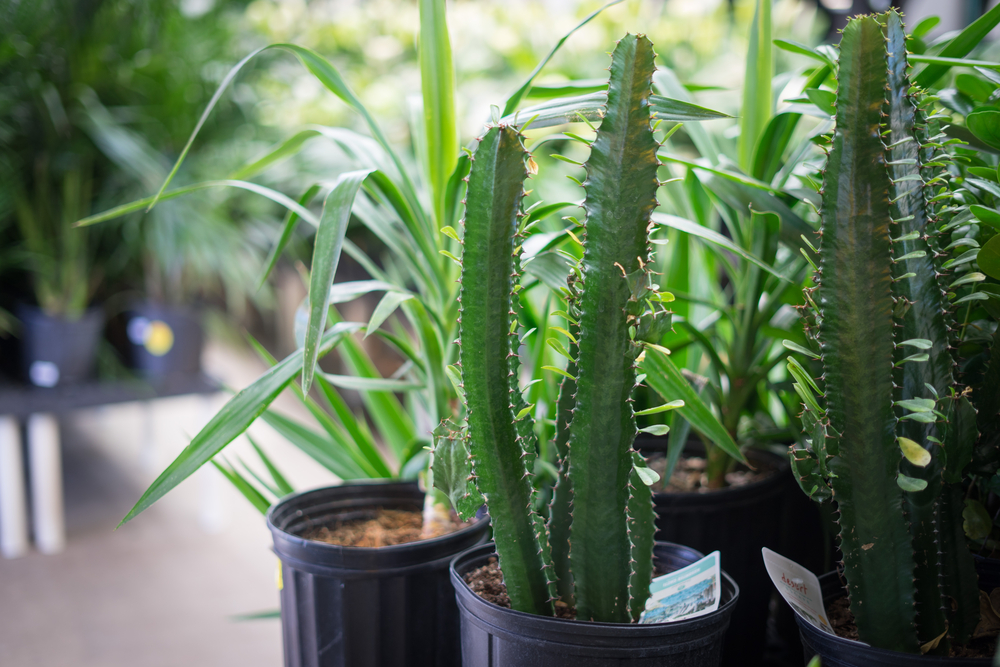
If a San Pedro cactus is showing signs of disease, it is important to act quickly to prevent the disease from spreading and causing further damage. The first step in treating a diseased cactus is to remove any infected tissue and dispose of it. This can help prevent the disease from spreading to healthy tissue.
For cacti with root and neck rot, it is important to remove the cactus from the soil and inspect the roots. If the roots are black and mushy, they should be pruned back to healthy tissue. The cactus should then be repotted in fresh soil, and the soil should be kept moist but not wet to encourage root growth.
If the cactus is severely infected, it may not be possible to save it. In this case, it is best to dispose of the cactus to prevent the disease from spreading to other plants.
Preventing Yellowing in Cacti
Cacti are known for their hardiness and ability to thrive in arid environments. However, they can still suffer from yellowing if not cared for properly. To prevent yellowing in cacti, growers should focus on proper fertilization, using the right soil type, and preventing pest infestation.
Proper Fertilization
Fertilization is an important aspect of cactus care. However, over-fertilization can lead to yellowing and other problems. It is important to use a fertilizer specifically formulated for cacti and to follow the instructions carefully.
Over-fertilization can cause nutrient burn, which can lead to yellowing and other issues. On the other hand, under-fertilization can also cause yellowing. Growers should fertilize their cacti sparingly and only during the growing season.
Right Soil Type
Cacti require well-draining soil to prevent yellowing and other issues. The wrong soil type can lead to waterlogged roots, which can cause yellowing and other problems.
Cactus soil should contain a mix of sand, perlite, and other materials that allow for good drainage. Growers should avoid using regular potting soil, which can retain too much moisture.
Preventing Pest Infestation
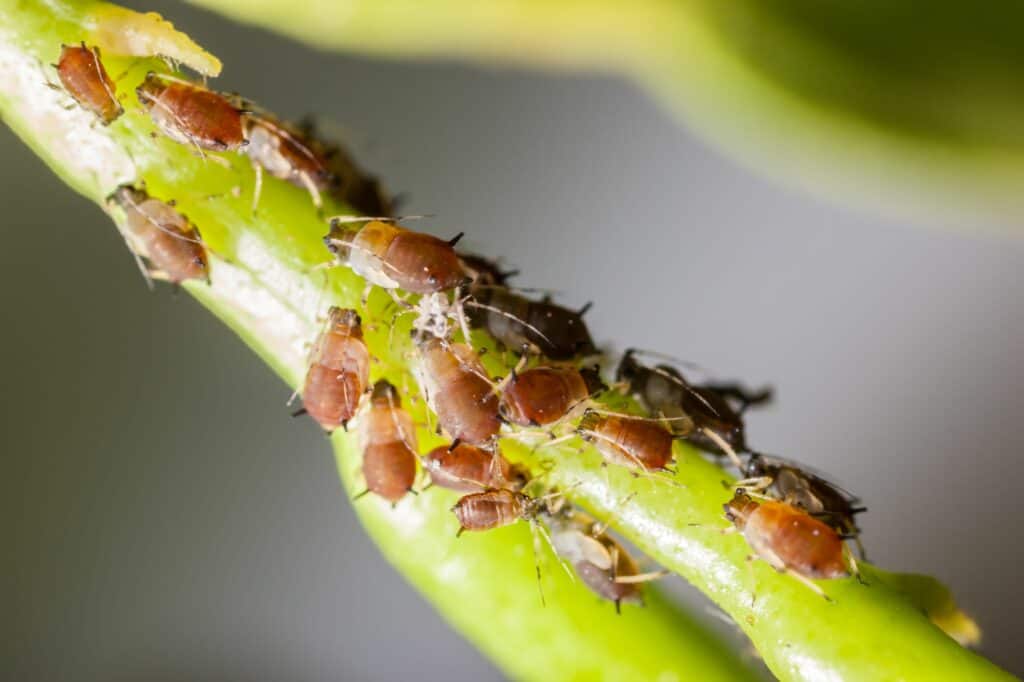
Pest infestation can also lead to yellowing in cacti. Common pests include mealybugs, spider mites, and scale insects. Growers should inspect their cacti regularly for signs of infestation, such as yellowing, wilting, or discoloration. If pests are detected, growers should treat the affected plant immediately using an insecticidal soap or other appropriate treatment.
Propagation of San Pedro Cactus
San Pedro cactus propagation is a simple process that can be done with ease. Propagation is the process of creating new plants from a parent plant. San Pedro cactus propagation is done by taking cuttings from the parent plant and planting them in soil.
To propagate a San Pedro cactus, one should first select a healthy parent plant. The parent plant should be at least 12 inches tall and have at least 4 ribs. The cutting should be taken from the top of the plant, and it should be at least 6 inches long. The cutting should be allowed to dry for a few days to prevent rotting.
Once the cutting has dried, it should be planted in well-draining soil. The soil should be moist but not wet. The cutting should be planted at a depth of 2-3 inches. The cutting should be watered once a week until it has established roots.
Propagation can also be done by growing San Pedro cactus from offshoots. Offshoots are small plants that grow from the parent plant. These offshoots can be removed from the parent plant and planted in soil. Offshoots should be removed from the parent plant when they are at least 4 inches tall.
San Pedro Cactus Characteristics
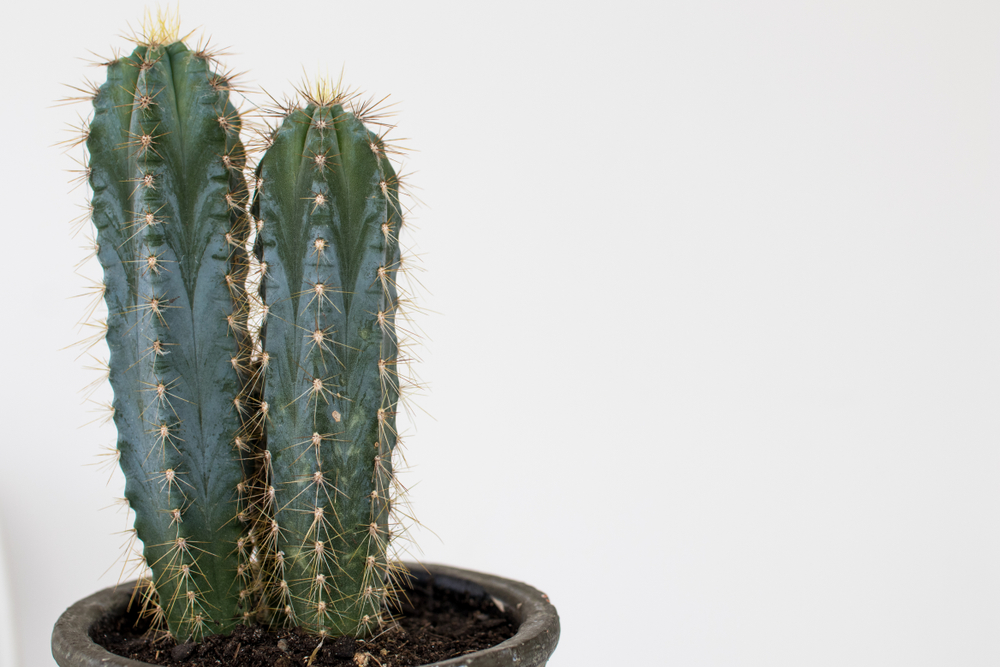
San Pedro cactus (Echinopsis pachanoi) is a columnar cactus that is native to the Andes Mountains and can grow up to 20 feet tall. It has a green stem with small spines that point upwards and are usually a light yellow in color. The stem can grow up to 8 inches in diameter and has a ribbed texture.
The San Pedro cactus is usually wider at the bottom and narrows as it grows taller. It can have several side branches that grow from the main stem, which can make it appear more bushy. The cactus can be grown both indoors and outdoors, but it thrives in warm and dry climates.
The San Pedro cactus comes in a range of colors, from deep forest green to slightly blue. The color can vary depending on the amount of sunlight the cactus receives. The cactus also produces enormous white flowers that bloom at night like most other cacti.
San Pedro cactus can have different shapes and sizes depending on the environment it grows in. In its natural habitat, the cactus can grow up to 20 feet tall, but when grown in a pot, it usually grows to a height of 6-8 feet.
One of the most distinctive characteristics of the San Pedro cactus is its alkaloid content, specifically mescaline, which is a psychoactive compound. This has made the cactus popular among traditional healers and spiritual practitioners.
Frequently Asked Questions
How to save a yellowing cactus?
If your San Pedro cactus is turning yellow, there are a few steps you can take to save it. First, identify the cause of the yellowing. It could be due to overwatering, underwatering, pests, or disease. Once you have identified the cause, take the appropriate action to fix it.
If the yellowing is due to overwatering, stop watering the cactus and let the soil dry out completely before watering it again. If it’s due to underwatering, water the cactus more frequently. If pests or disease are the cause, treat the cactus with an appropriate pesticide or fungicide.
Why is my San Pedro turning yellow?
There are several reasons why a San Pedro cactus may turn yellow. The most common cause is overwatering or underwatering.
Other causes include pests, disease, poor soil quality, and too much direct sunlight. It’s important to identify the cause of the yellowing so that you can take the appropriate action to save the cactus.
What does it mean if a cactus turns yellow?
If a cactus turns yellow, it usually means that there is something wrong with the plant. The yellowing could be due to overwatering, underwatering, pests, disease, poor soil quality, or too much direct sunlight.
It’s important to identify the cause of the yellowing so that you can take the appropriate action to save the cactus.
Is a cactus dead when it turns yellow?
Not necessarily. While a yellow cactus is a sign that something is wrong with the plant, it doesn’t necessarily mean that it’s dead. With the right care and attention, a yellow cactus can be saved.
How do you fix a yellow cactus?
To fix a yellow cactus, you need to identify the cause of the yellowing and take the appropriate action. If the yellowing is due to overwatering, stop watering the cactus and let the soil dry out completely before watering it again.
If it’s due to underwatering, water the cactus more frequently. If pests or disease are the cause, treat the cactus with an appropriate pesticide or fungicide.
Moon cactus turning yellow – What to do?
If your moon cactus is turning yellow, it could be due to overwatering, underwatering, pests, disease, poor soil quality, or too much direct sunlight. Identify the cause of the yellowing and take the appropriate action to fix it.
If the yellowing is due to overwatering, stop watering the cactus and let the soil dry out completely before watering it again. If it’s due to underwatering, water the cactus more frequently. If pests or disease are the cause, treat the cactus with an appropriate pesticide or fungicide.

Hey, I’m Lisa and I’ve been an avid gardener for over 30 years. I love writing, talking and living in the garden! Feel free to connect with me on my socials below

